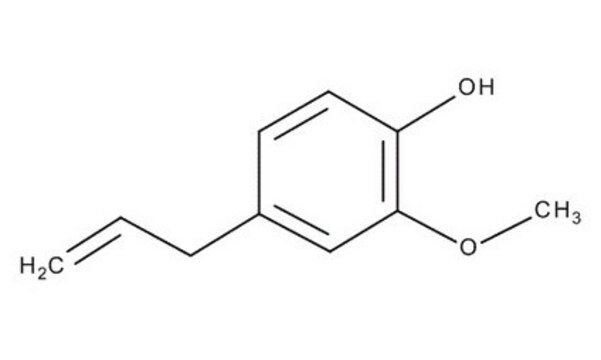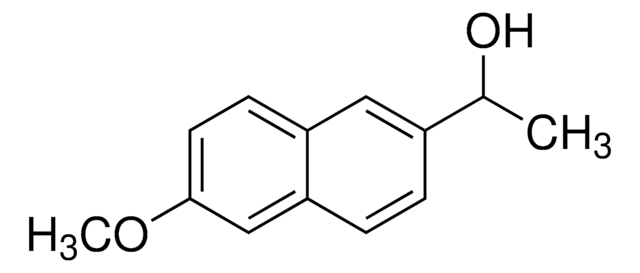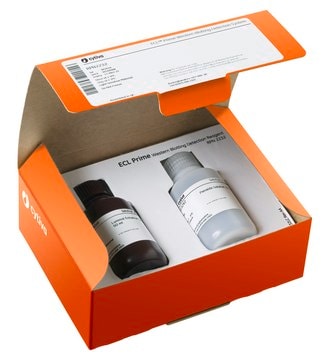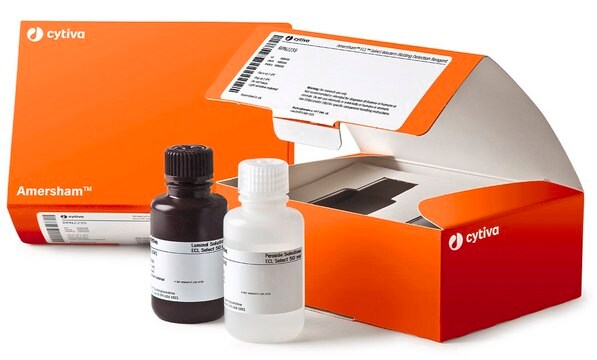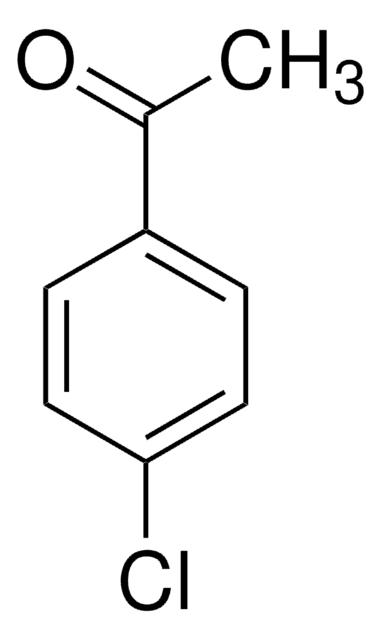推荐产品
等級
pharmaceutical primary standard
API 家族
eugenol
製造商/商標名
EDQM
折射率
n20/D 1.541 (lit.)
bp
254 °C (lit.)
mp
−12-−10 °C (lit.)
密度
1.067 g/mL at 25 °C (lit.)
應用
pharmaceutical (small molecule)
形式
neat
儲存溫度
2-8°C
SMILES 字串
COc1cc(CC=C)ccc1O
InChI
1S/C10H12O2/c1-3-4-8-5-6-9(11)10(7-8)12-2/h3,5-7,11H,1,4H2,2H3
InChI 密鑰
RRAFCDWBNXTKKO-UHFFFAOYSA-N
正在寻找类似产品? 访问 产品对比指南
相关类别
一般說明
This product is provided as delivered and specified by the issuing Pharmacopoeia. All information provided in support of this product, including SDS and any product information leaflets have been developed and issued under the Authority of the issuing Pharmacopoeia.For further information and support please go to the website of the issuing Pharmacopoeia.
應用
Eugenol EP Reference standard, intended for use in laboratory tests only as specifically prescribed in the European Pharmacopoeia.
包裝
The product is delivered as supplied by the issuing Pharmacopoeia. For the current unit quantity, please visit the EDQM reference substance catalogue.
其他說明
Sales restrictions may apply.
訊號詞
Warning
危險聲明
危險分類
Eye Irrit. 2 - Skin Sens. 1
儲存類別代碼
11 - Combustible Solids
水污染物質分類(WGK)
WGK 1
閃點(°F)
255.2 °F - closed cup
閃點(°C)
124 °C - closed cup
Kannissery Pramod et al.
Natural product communications, 5(12), 1999-2006 (2011-02-09)
Eugenol, the major constituent of clove oil, has been widely used for its anesthetic and analgesic action in dentistry. Eugenol exhibits pharmacological effects on almost all systems and our aim is to review the research work that has identified these
Guy P Kamatou et al.
Molecules (Basel, Switzerland), 17(6), 6953-6981 (2012-06-26)
Eugenol is a major volatile constituent of clove essential oil obtained through hydrodistillation of mainly Eugenia caryophyllata (=Syzygium aromaticum) buds and leaves. It is a remarkably versatile molecule incorporated as a functional ingredient in numerous products and has found application
Saravana Kumar Jaganathan et al.
Molecules (Basel, Switzerland), 17(6), 6290-6304 (2012-05-29)
Phenolic phytochemicals are a broad class of nutraceuticals found in plants which have been extensively researched by scientists for their health-promoting potential. One such a compound which has been comprehensively used is eugenol (4-allyl-2-methoxyphenol), which is the active component of
Seiichiro Fujisawa et al.
Toxicology, 177(1), 39-54 (2002-07-20)
To clarify the possible link between radicals and the cytotoxicity of eugenol-related compounds, 2-allyl-4-X-phenols (2-allyl-4-chlorophenol (1), 2-allyl-4-phenylphenol (2), 2-allyl-4-methoxyphenol (3), 2-allyl-4-acetylphenol (4), 2-allyl-4-nitrophenol (5), 2-allyl-4-t-butylphenol (6), 2-allyl-4-methyphenol (7), 2-allyl-4-bromophenol (8), 2,4-dimethoxyphenol (9)), and dimeric compounds from eugenol (4-allyl-2-methoxyphenol), BHA (2-t-butyl-4-methoxyphenol)
W R Hume
Journal of oral rehabilitation, 21(4), 469-473 (1994-07-01)
The diffusion gradient which develops across dentine and the clearance into the capillary circulation at the pulpal side of the tissue both reduce the concentration of potential toxins applied to dentine, thus protecting pulpal cells. The data presented on eugenol
我们的科学家团队拥有各种研究领域经验,包括生命科学、材料科学、化学合成、色谱、分析及许多其他领域.
联系客户支持
